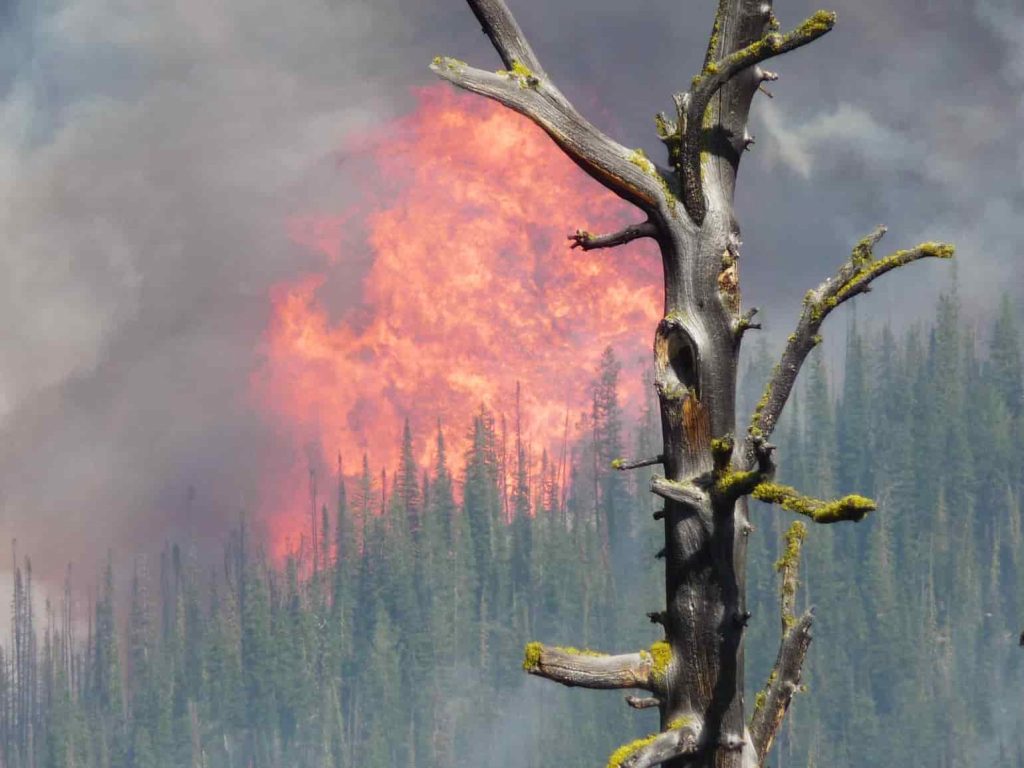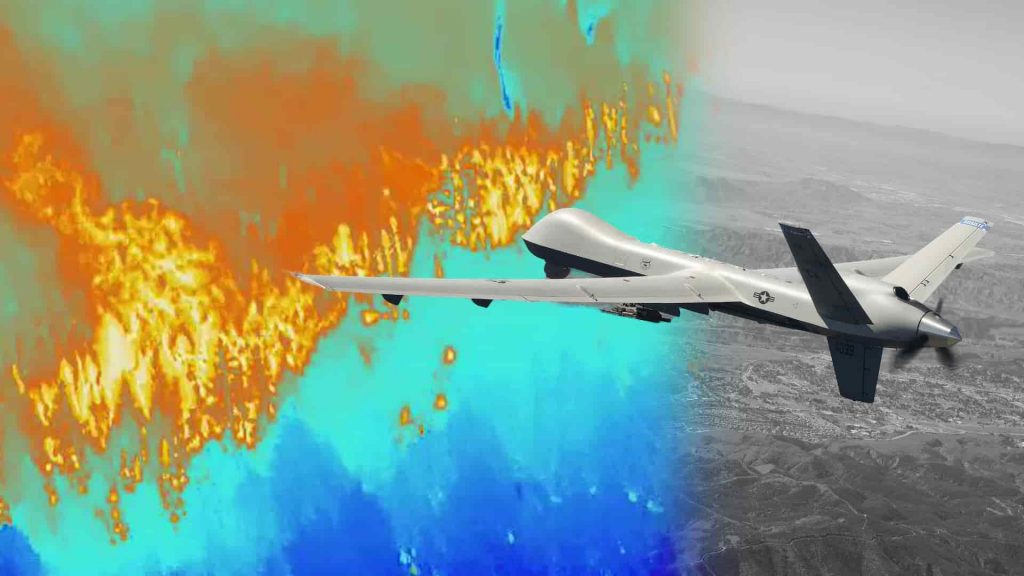How to combat forest fires: causes and 4 solutions
Forest fires are accelerating at a staggering pace. Here are four measures that, if implemented, could help us prevent forest fires and protect pristine ecosystems.

Nowadays, forest fires are proliferating. The current temperature is around 1.1. degree centigrade above pre-industrial levels. This increase in temperature could be attributed to anthropogenic activity-induced global warming. The concentration of gases like carbon dioxide is increasing continuously in the atmosphere due to anthropogenic activities like fossil fuel-based power generation and the use of fossil fuels in internal combustion engines.
Recently, the National Oceanic and Atmospheric Administration’s (NOAA) Mauna Loa Observatory in Hawaii, USA recorded high amounts of carbon dioxide in the atmosphere. The greenhouse gases trap infrared radiation leading to a spike in global temperatures.
Forest fires also affect the wildlife, both fauna and flora, particularly the highly selective arboreal species like koalas which feed mostly on eucalyptus leaves. Let us now explore some of the causes of forest fires one by one.

Lightning is often accompanied by strong winds from thunderstorms. These winds can quickly turn smoldering organic material into a raging fire. Photography: U.S. Department of Agriculture/CC 2.0
What are the causes of forest fires?
Lightning is produced due to the triboelectric effect in cumulonimbus clouds. Positive charge accumulates at higher altitudes whereas negative charge accumulates at lower elevations. This large charge separation results in lightning. When lightning falls on dry trees and shrubs, it ignites forest fires. As explained above, the frequency of lightning strikes is increasing due to an increase in global temperatures. This exacerbates forest fires.
Wind speed also plays an important role in the spread of forest fires. During summer, the earth’s surface heats up due to the higher intensity of incoming solar radiation in the particular hemisphere. The air surrounding the earth’s surface is warmed up due to the interaction with the hot surface. As the hot air rises up, a low-pressure zone is created. This draws air from cold areas (with high air pressure) leading to the formation of winds. These winds spread the forest fires from one tree to another.
A phenomenon that is more pronounced in tropical dry deciduous forests compared to tropical moist deciduous forests. Let us now explore some of the possible solutions to ameliorate forest fires.
Utilising the wake effect of windmills
As we learned, fire spread increases with the acceleration of wind speed for tropical dry deciduous forests. In these areas, a win-win situation could be to use the wake effect of windmills, the aggregated influence on the energy production of the wind farm, to reduce wind speed along with producing electricity.
The placement of the windmills needs to be done in a manner such that it reduces the incoming wind speed after passing through subsequent windmills. In this regard, an optimisation between Capital Expenditure (CAPEX) & Operational Expenditure (OPEX) of the windmills versus the extent of reduction in wind speeds needs to be worked out. The electricity generated could be fed to the power grid.
Using drones to monitor
Drone-based surveillance could be carried out in forest fire-prone areas. Using infrared cameras, the drones could take images and those could be continuously sent to forest control rooms to detect the presence of forest fires. If any fire is detected, helicopters or Vertical Take-Off and Landing vehicles (VTOL) can be used to spray water or carbon dioxide on the fire site.

An infrared photo from above the North Umpqua Fire. That southwest Oregon blaze burned more than 43,000 acres of trees. © CC 2.0
The water to be used for this purpose could be sourced from grey water after proper treatment. Carbon dioxide could be sourced from carbon capture and storage systems. This would be compatible with the concept of “Waste to Wealth”.
Satellites with Synthetic Aperture Radar could be used to provide images of forest fire prone zones. The images could be sent to earth-based observatories. In these observatories, the images obtained from the satellite could be matched with reference images using Artificial Intelligence. If the presence of a forest fire is detected, SOS messages can then be sent to forest control rooms.
Making trees shockproof
To prevent trees of archaeological importance (like Wollemi Pines, Australia) from damage due to lightning, copper alloy-based metal rods could be installed on the top of these trees. A copper wire could be attached to this rod. This wire can be connected to a copper alloy strip in the ground. As these wires provide an alternative low-resistance path to the lightning strike to reach the ground, the lightning strike avoids travelling through the tree and damage is averted.
Creating an industry around protecting forests
Mitigating and extinguishing forest fires could be classified as a green job and dedicated training will be provided in this regard to local youth in vulnerable areas to assist state agencies in dousing the fire. To promote the popularity of these jobs, efficient and diligent youth working in these roles could be inducted into national forest services.
These measures, if implemented in a techno-economically viable and environmentally sustainable manner could prove to be an elixir to mitigate the increasing proliferation of forest fires and prevent damage to pristine ecosystems.




